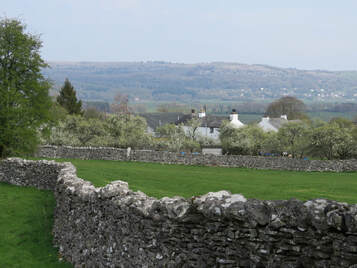 Damson blossom at Row, Lyth Valley
Damson blossom at Row, Lyth Valley The quest to find the female flowers of bog myrtle is still on! Not for want of trying. We puzzle over the reproductive strategy of a shrub where male catkins are abundant and the tiny female flowers elusive.
The Foulshaw bird feeders are a show-case for redpoll, siskin, tree sparrows and reed bunting. Identification is not as straightforward as you may think. The hide faces south, into the sun, so sometimes all you see is the silhouette. I could show a rogues' gallery of uncooperative birds, hunched out of shape, half-obscured by branches or vegetation, heads deep in feeders or looking straight at me- a successful shot requires a profile. Colour is determined by how the light falls. There is no true colour.
Tree sparrows ( who bring their kin along) have chestnut-coloured heads. Reed bunting come singly to feed. The reed bunting wears a black balaclava with a distinctive slash of white on the cheek, meeting a collar of white. At Foulshaw Moss you may sit in the hide listening to birdsong whilst studying the songster- it's the perfect way to imprint memory.
Foulshaw Moss, a landscape regenerated, was plantation until the last years of the last millennium. Now a few dead trees spike the moss, perches for raptors. Like Notre Dame, there are hidden stories in the Foulshaw landscape. The regeneration project brought a rewetting, a restoration of a lowland raised mire, a blocking of drainage ditches. There are a few living birch out on the moss and clusters of dead trees with hoof fungus, now deep in water.
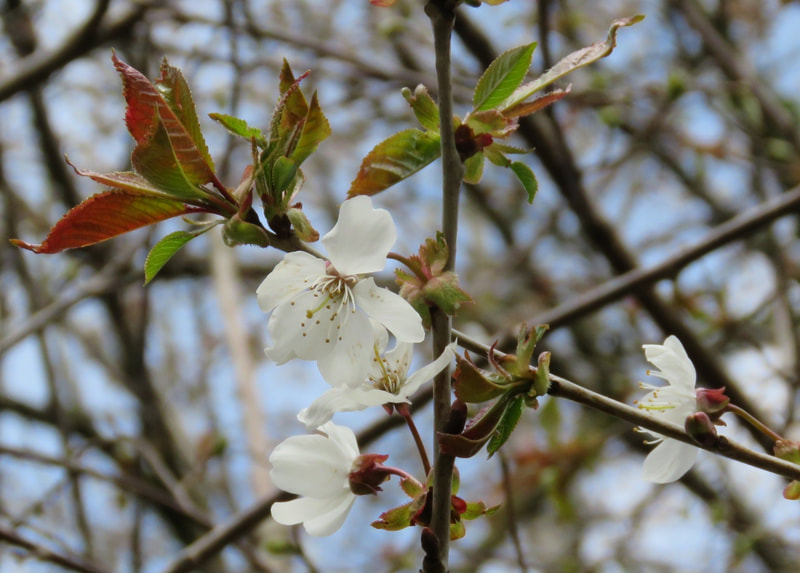
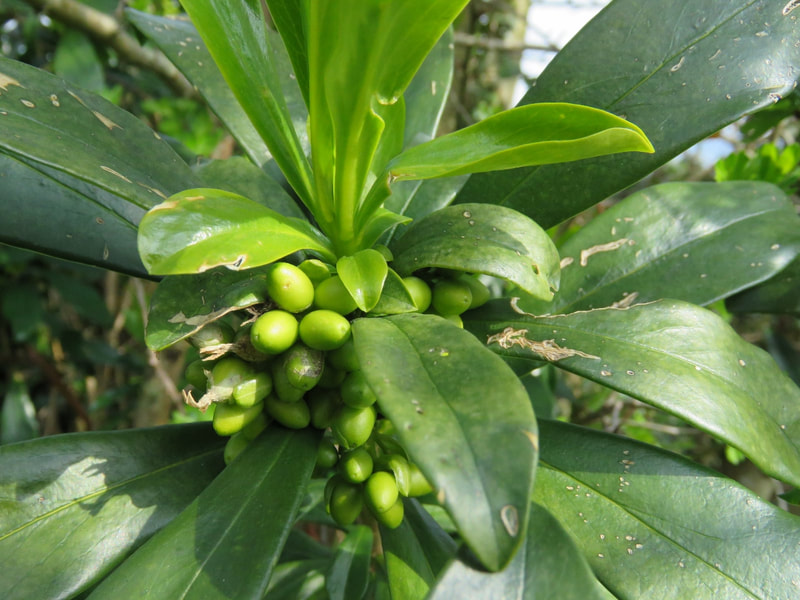
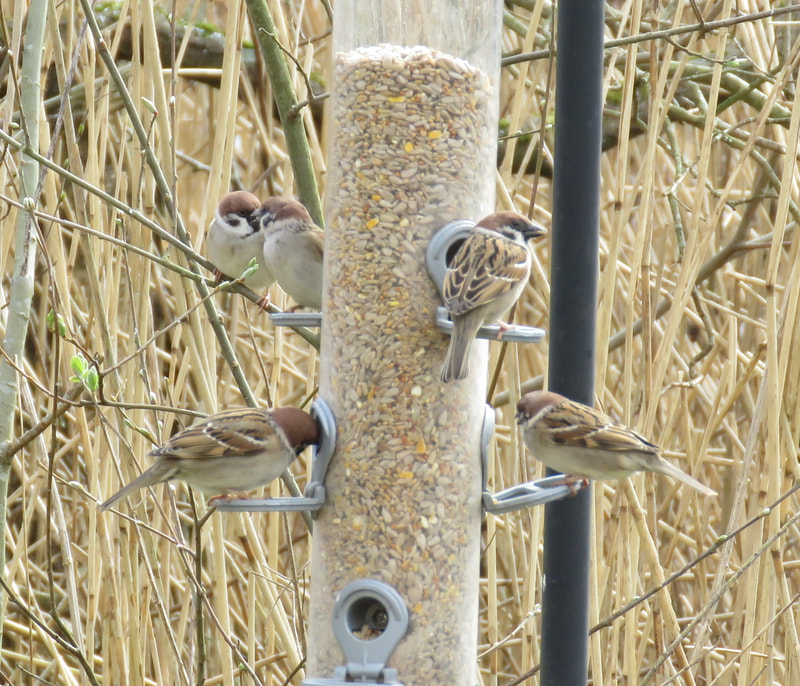
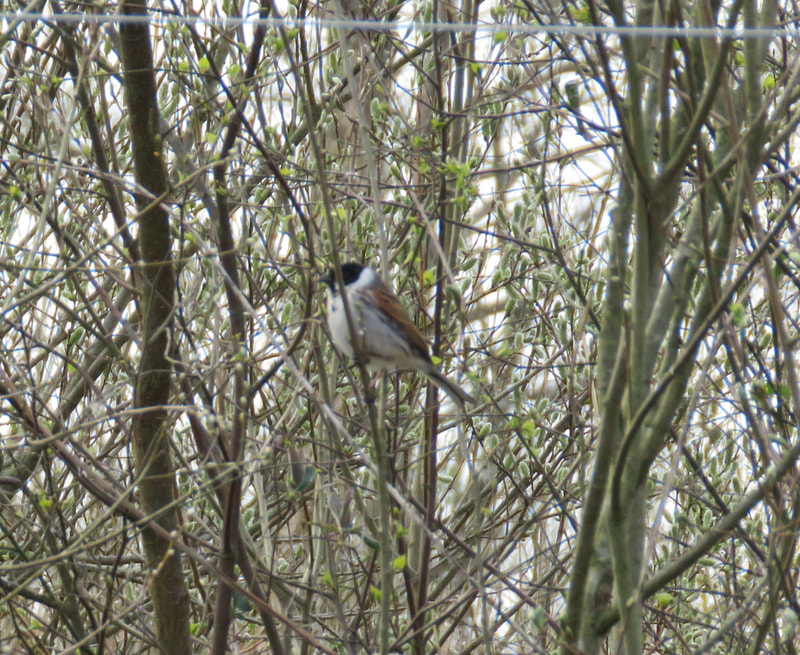

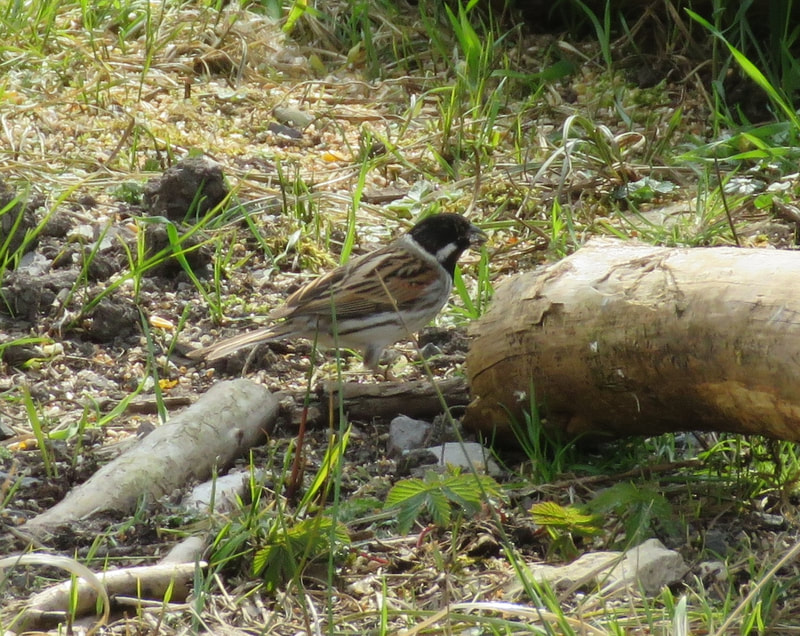
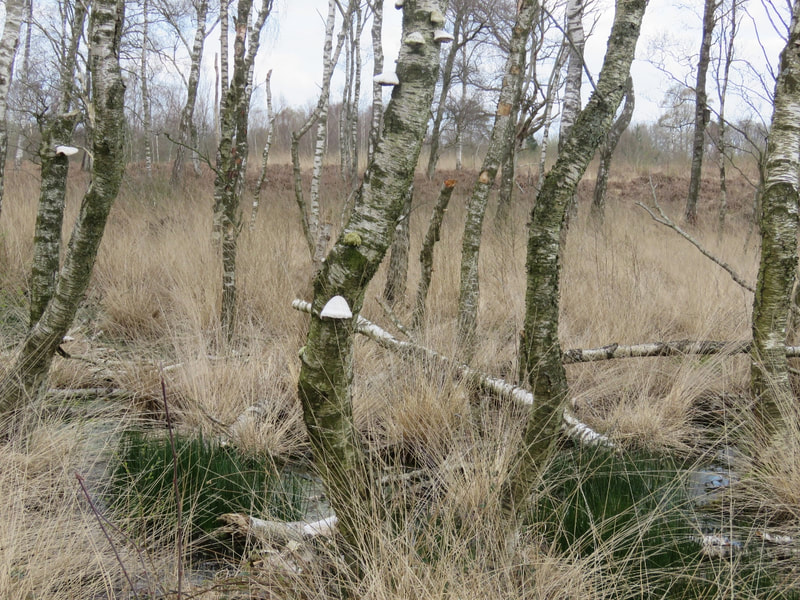
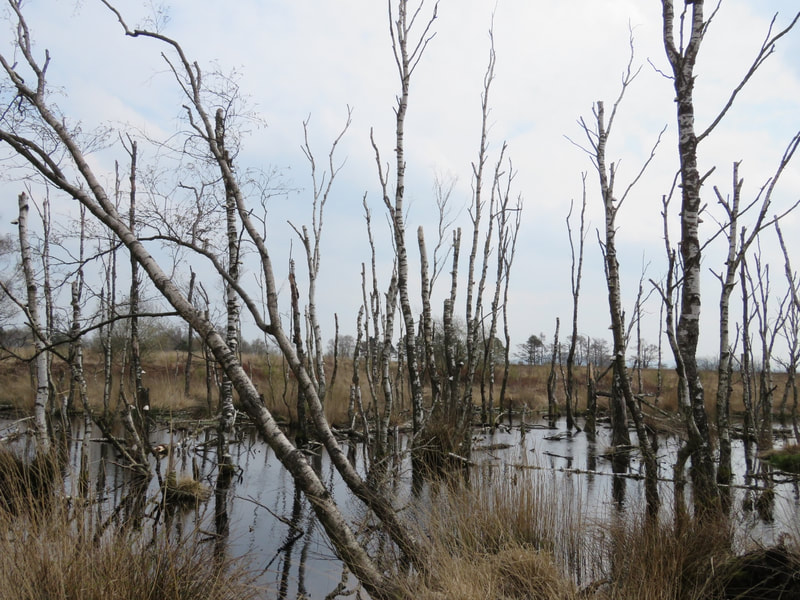
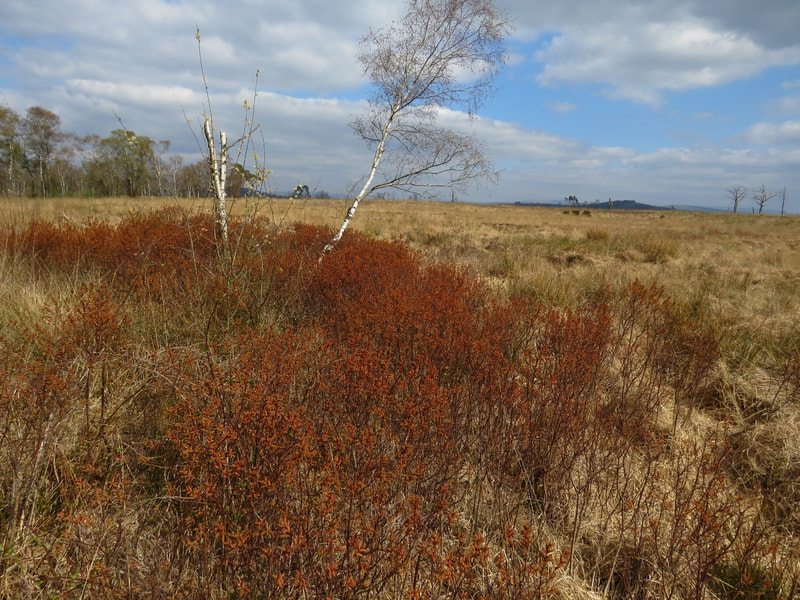
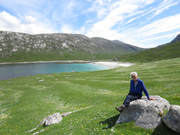
 RSS Feed
RSS Feed